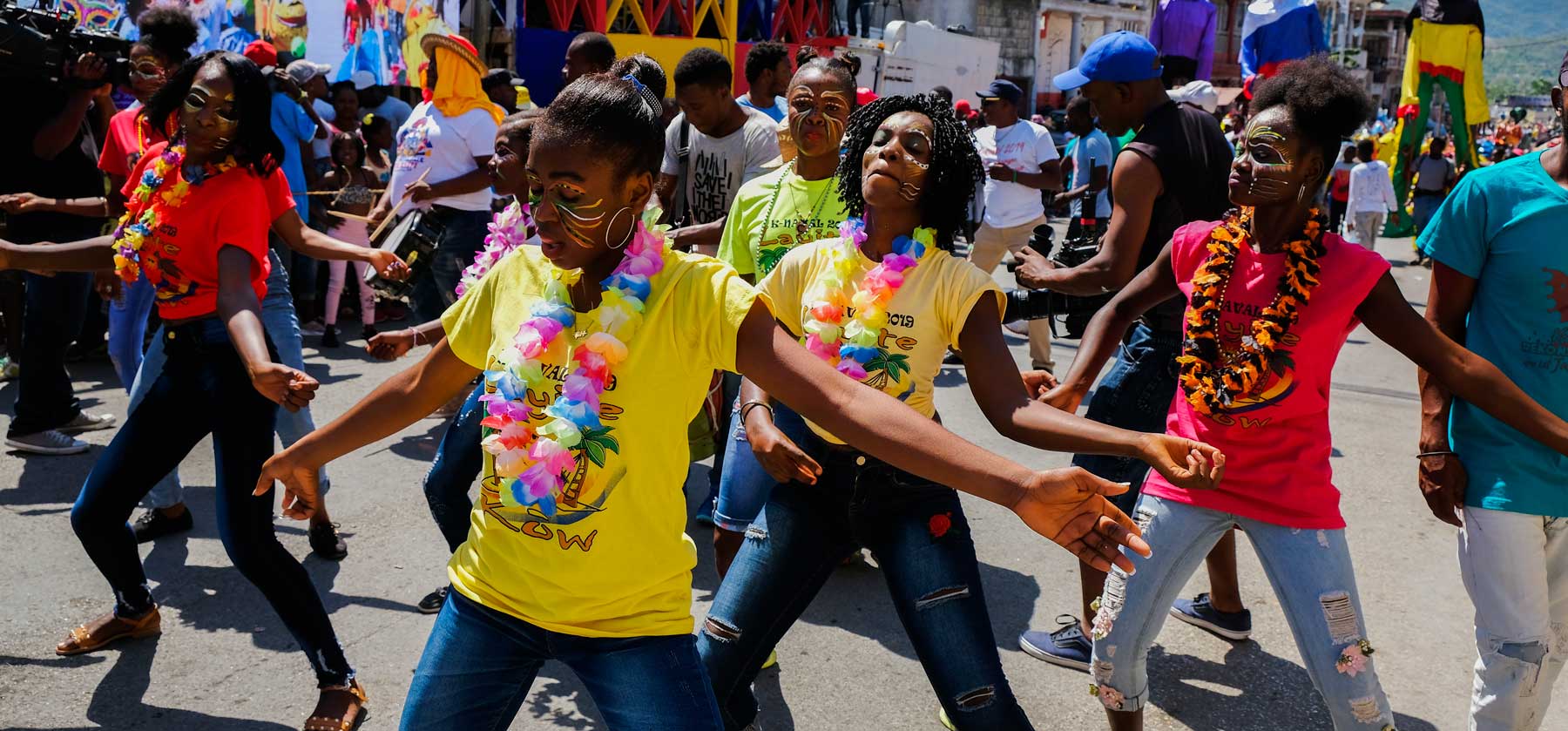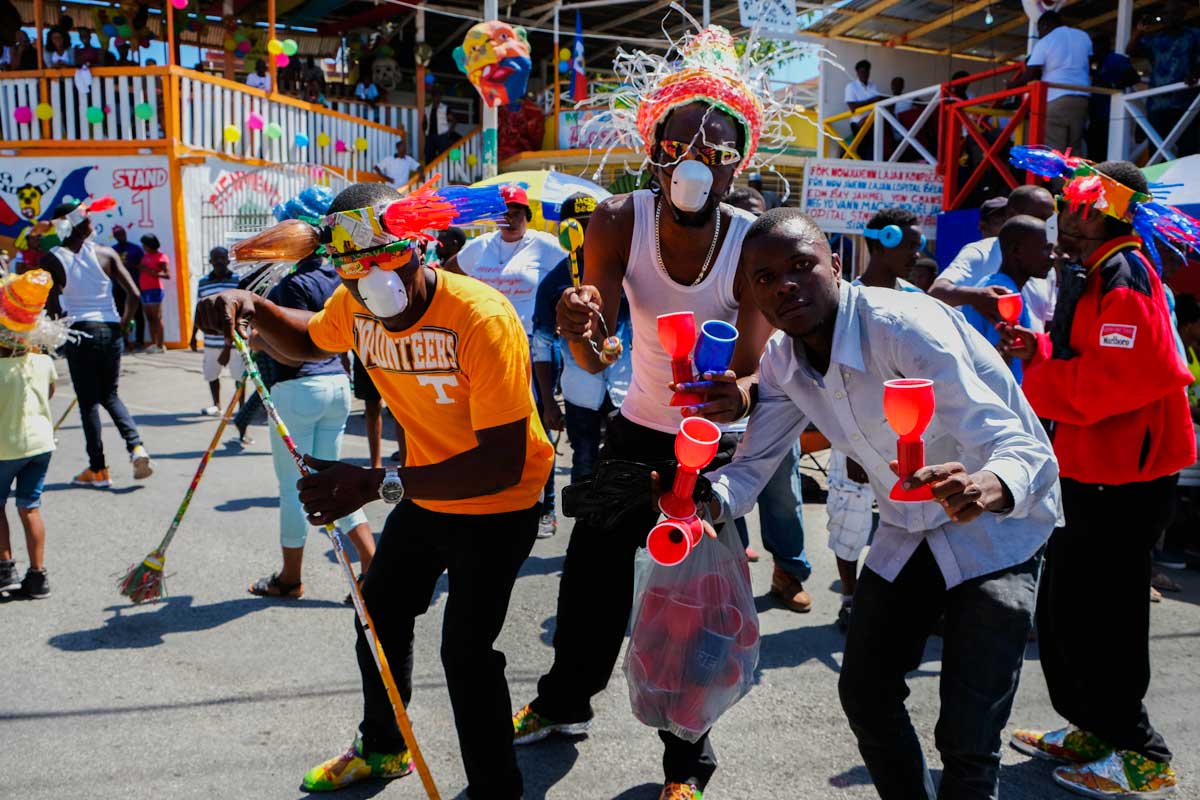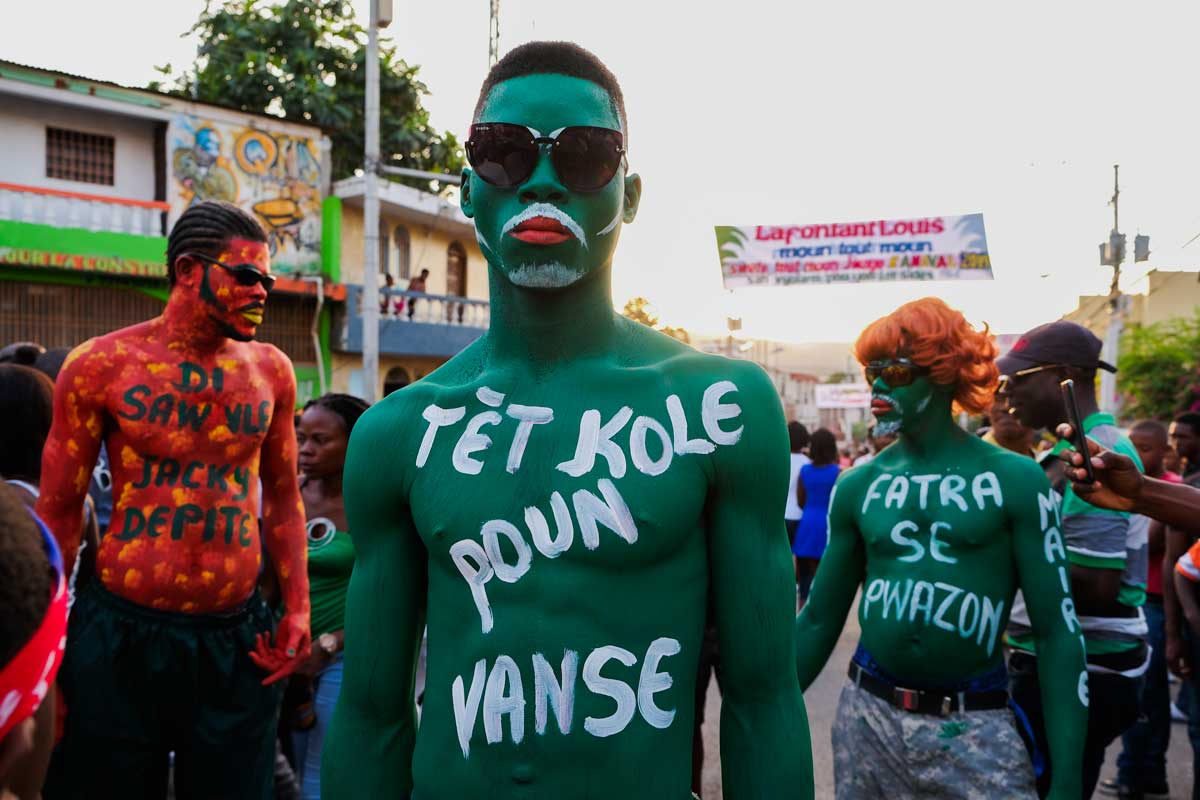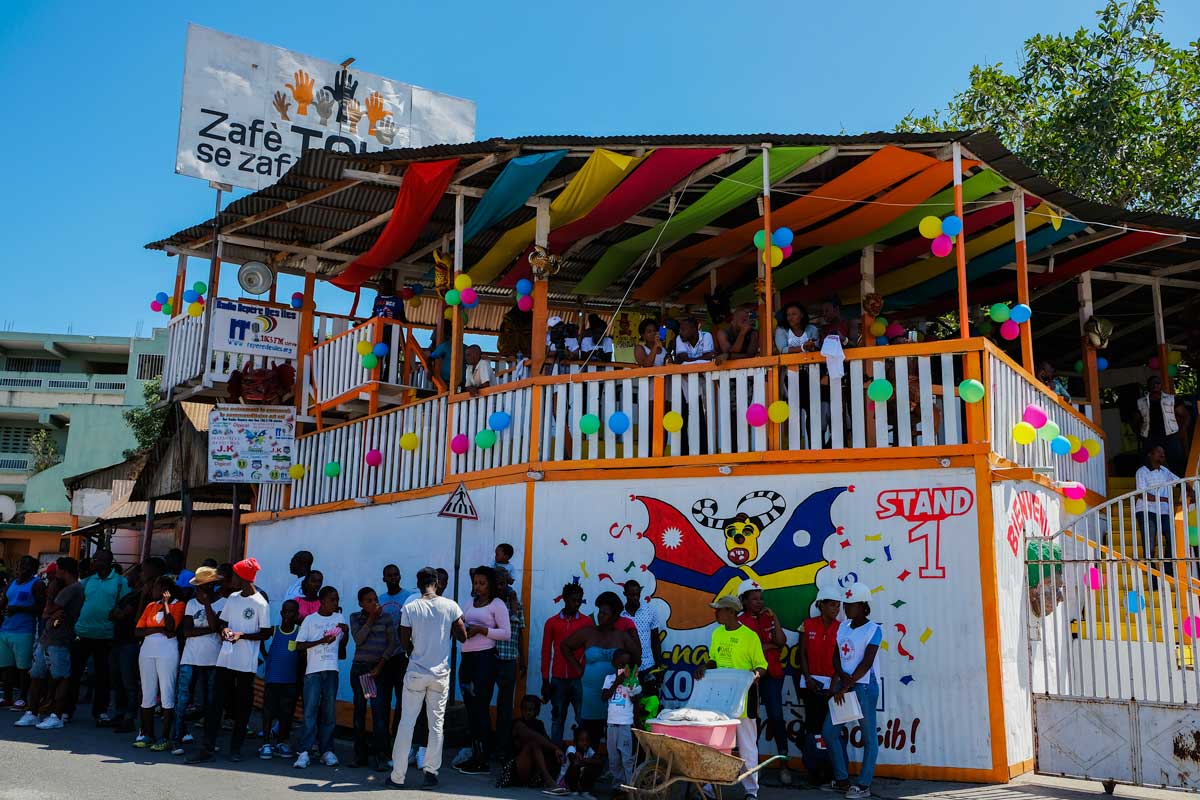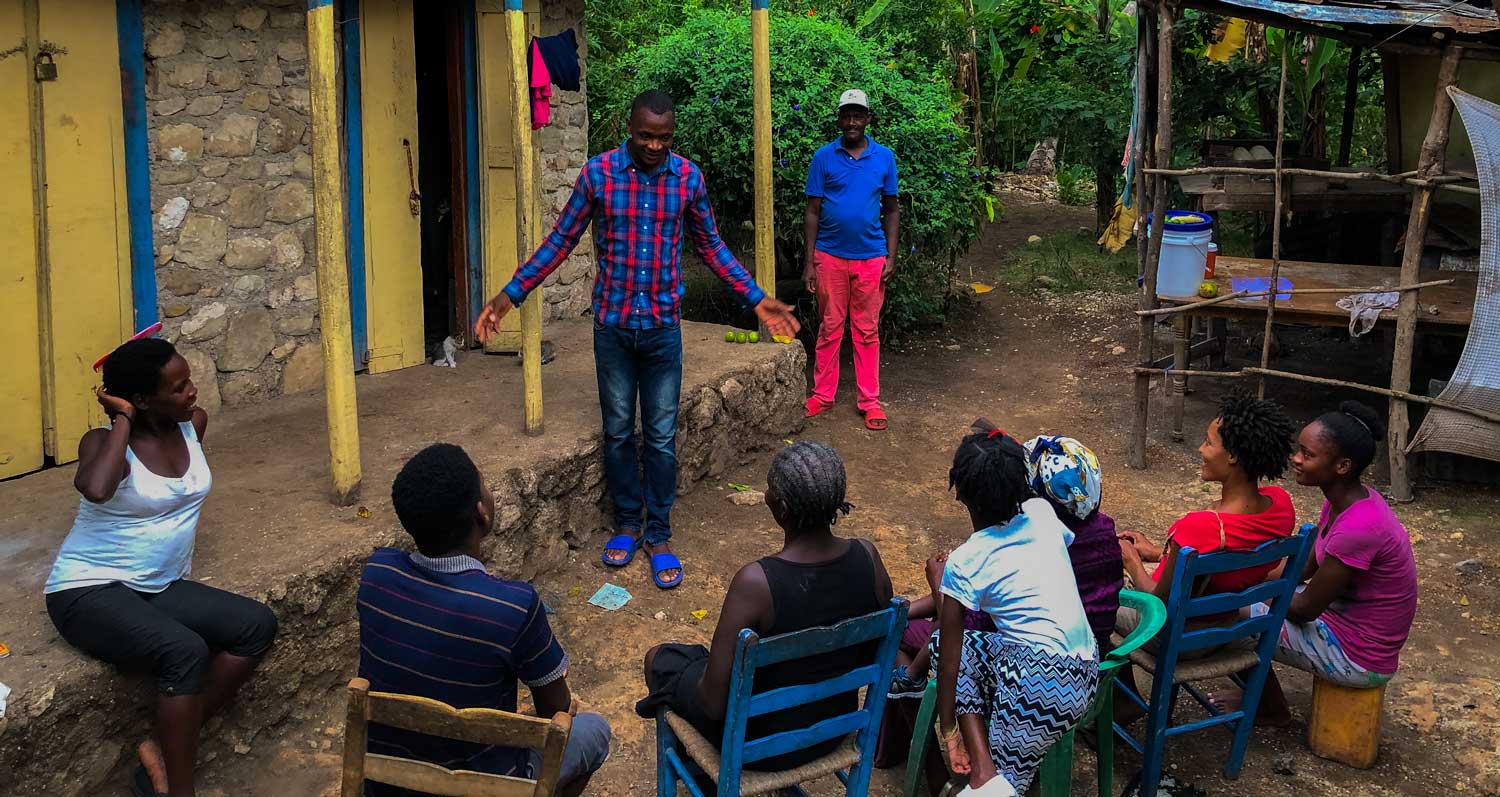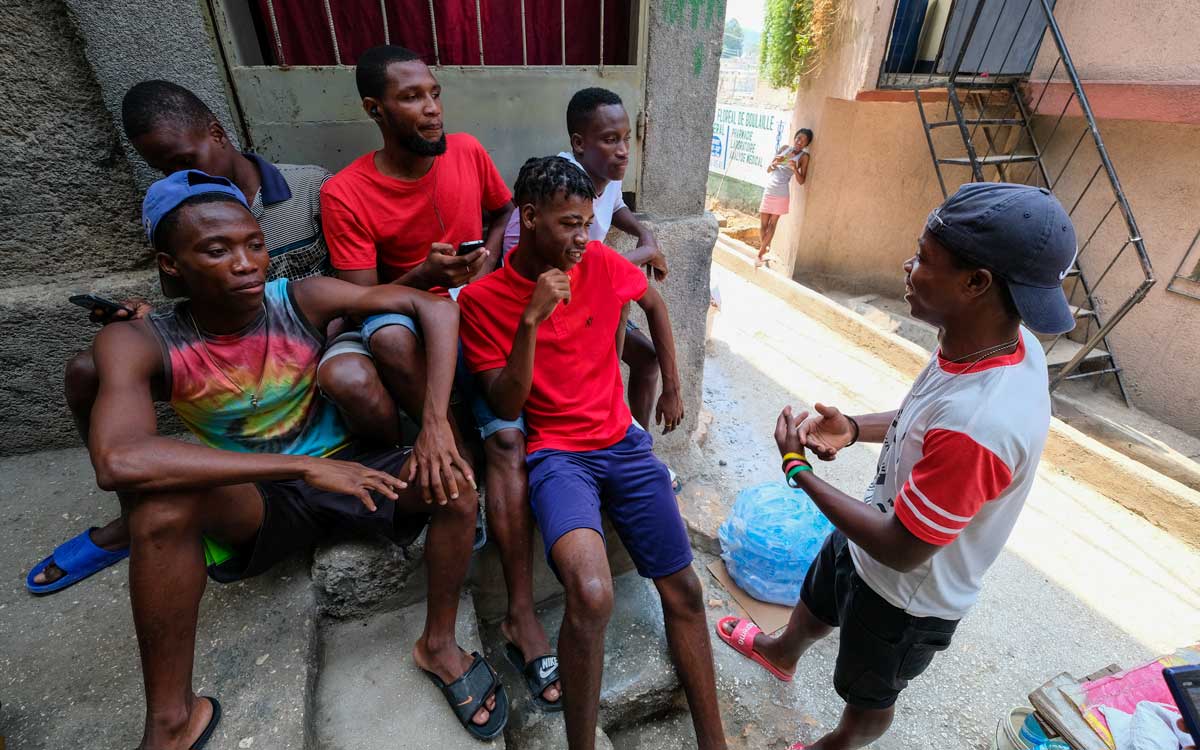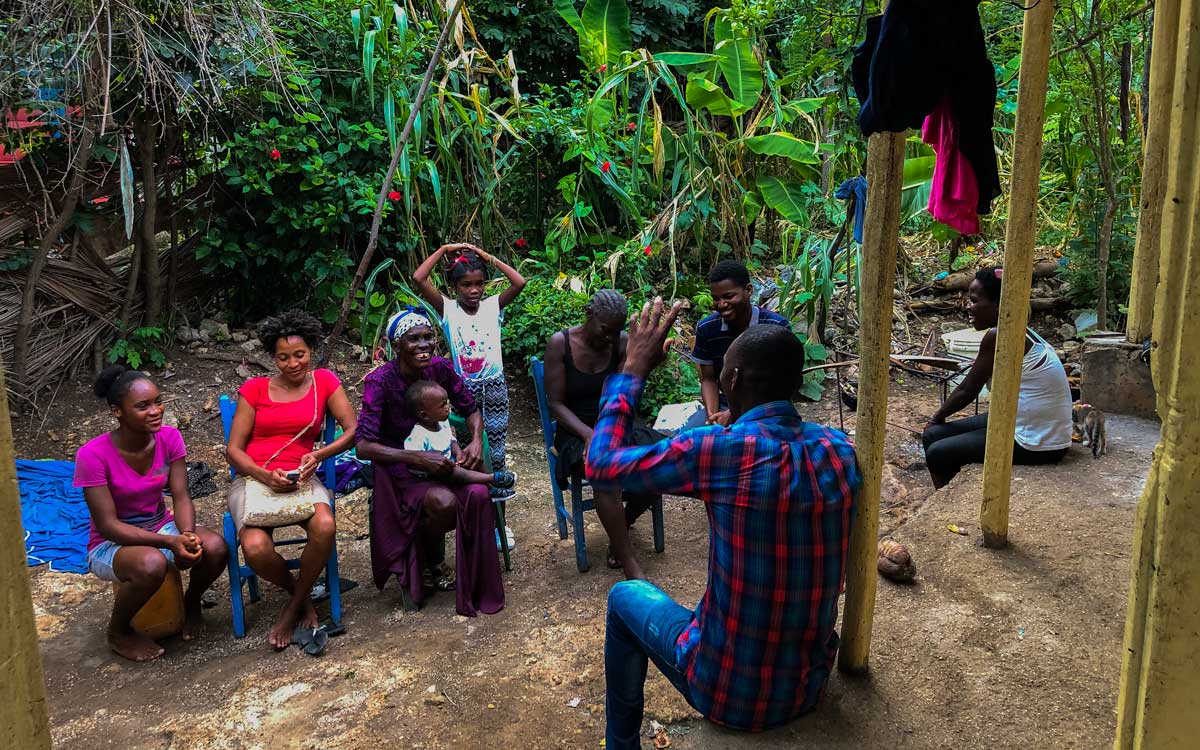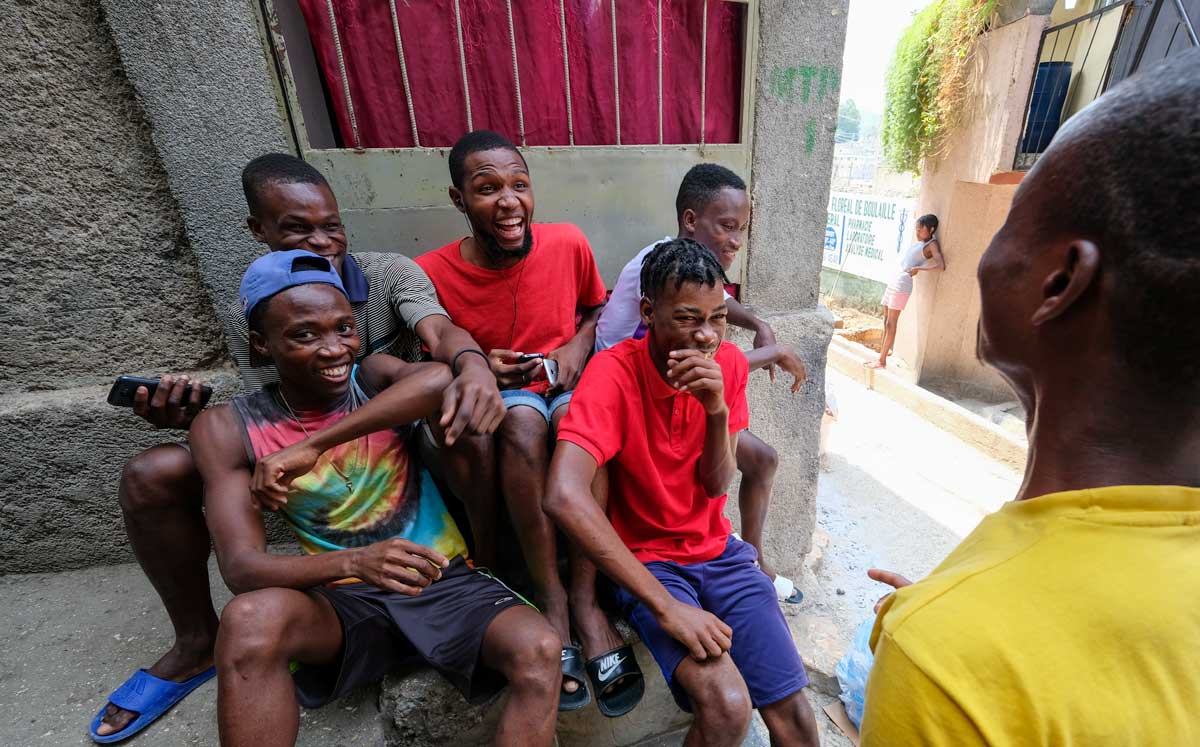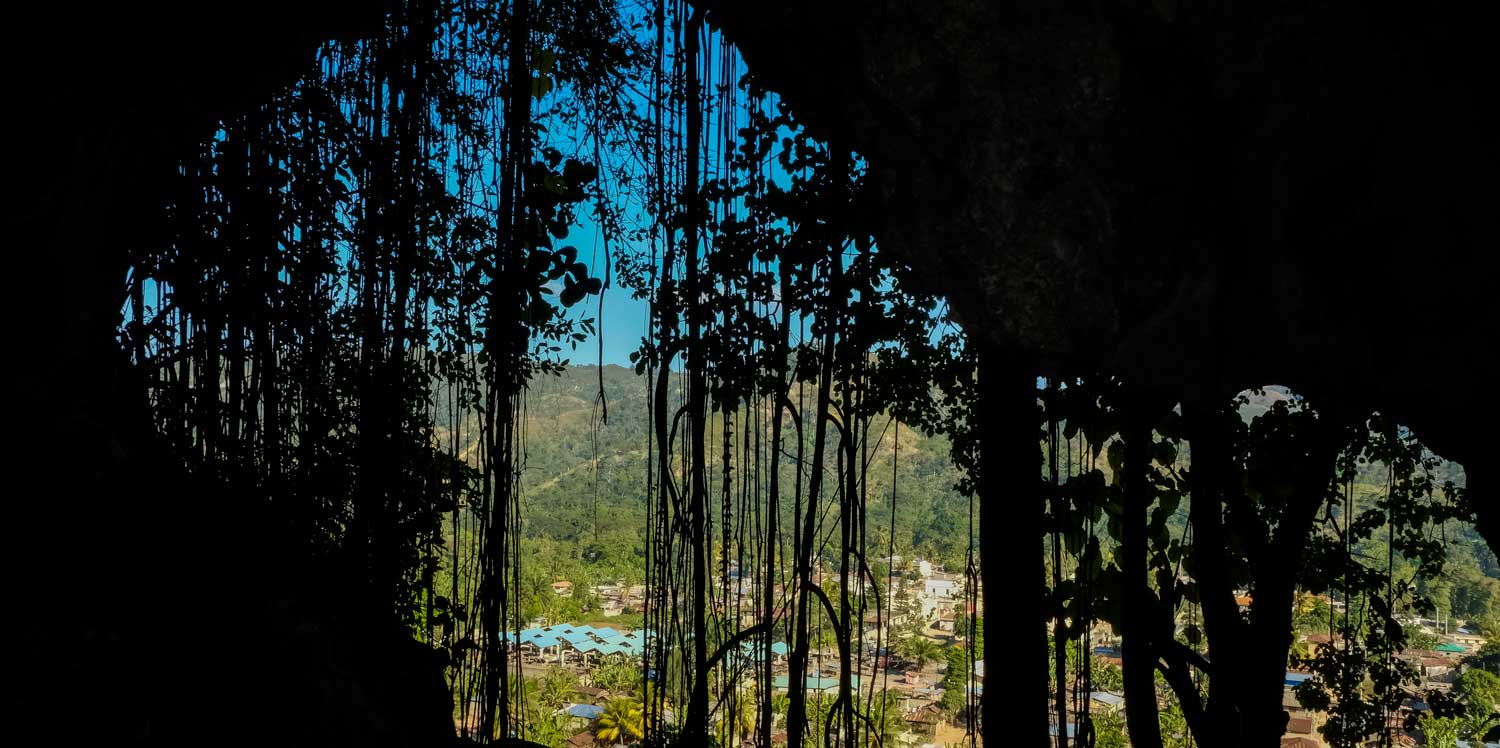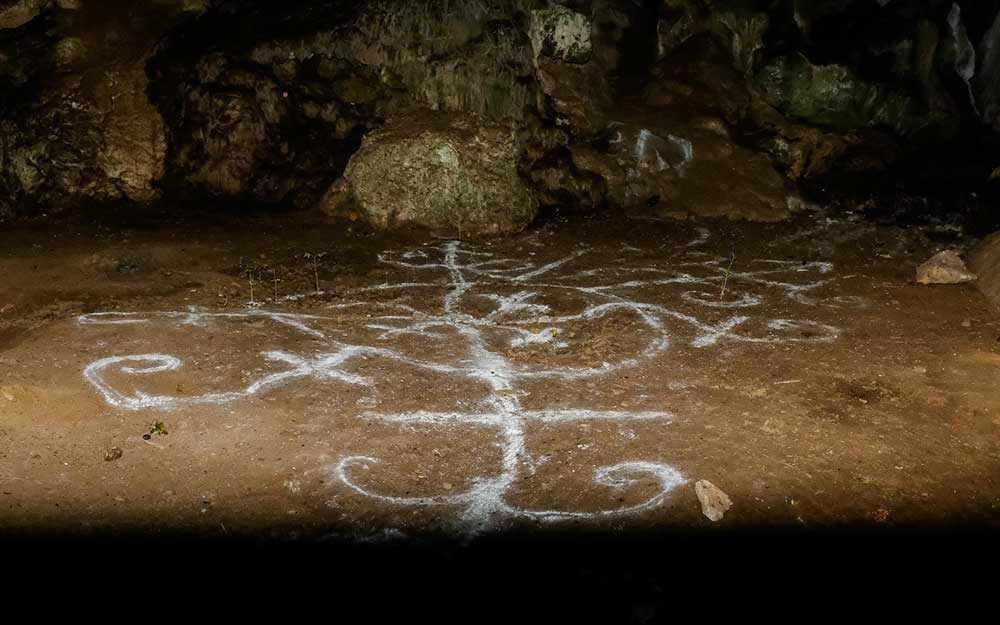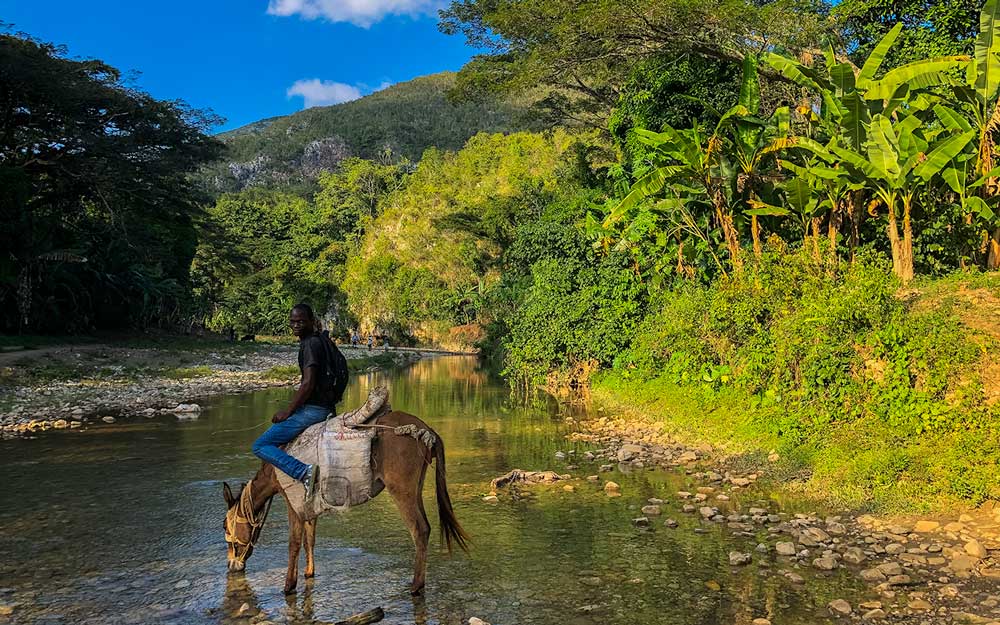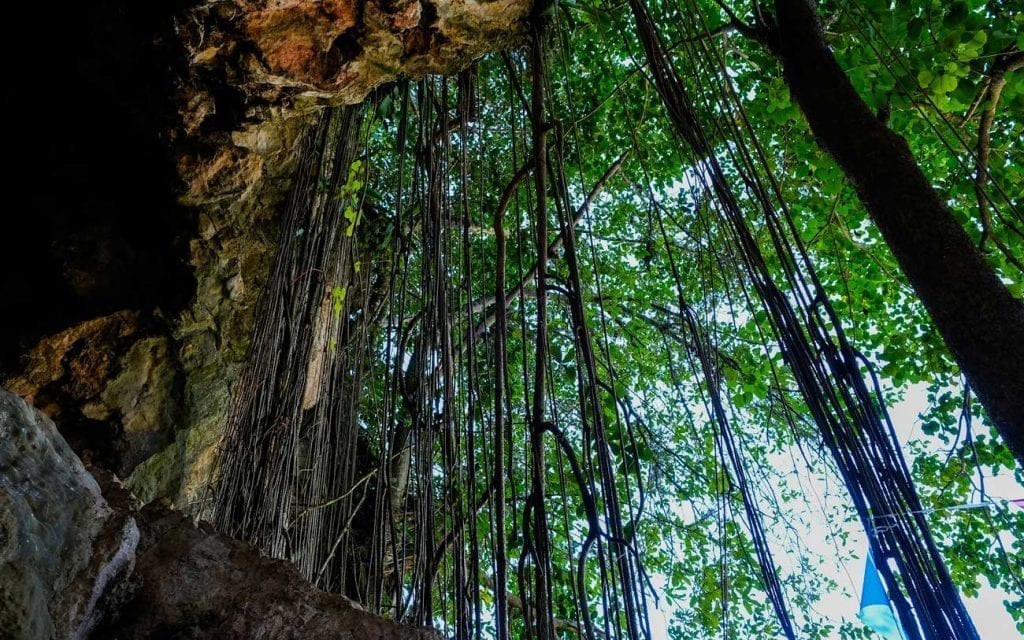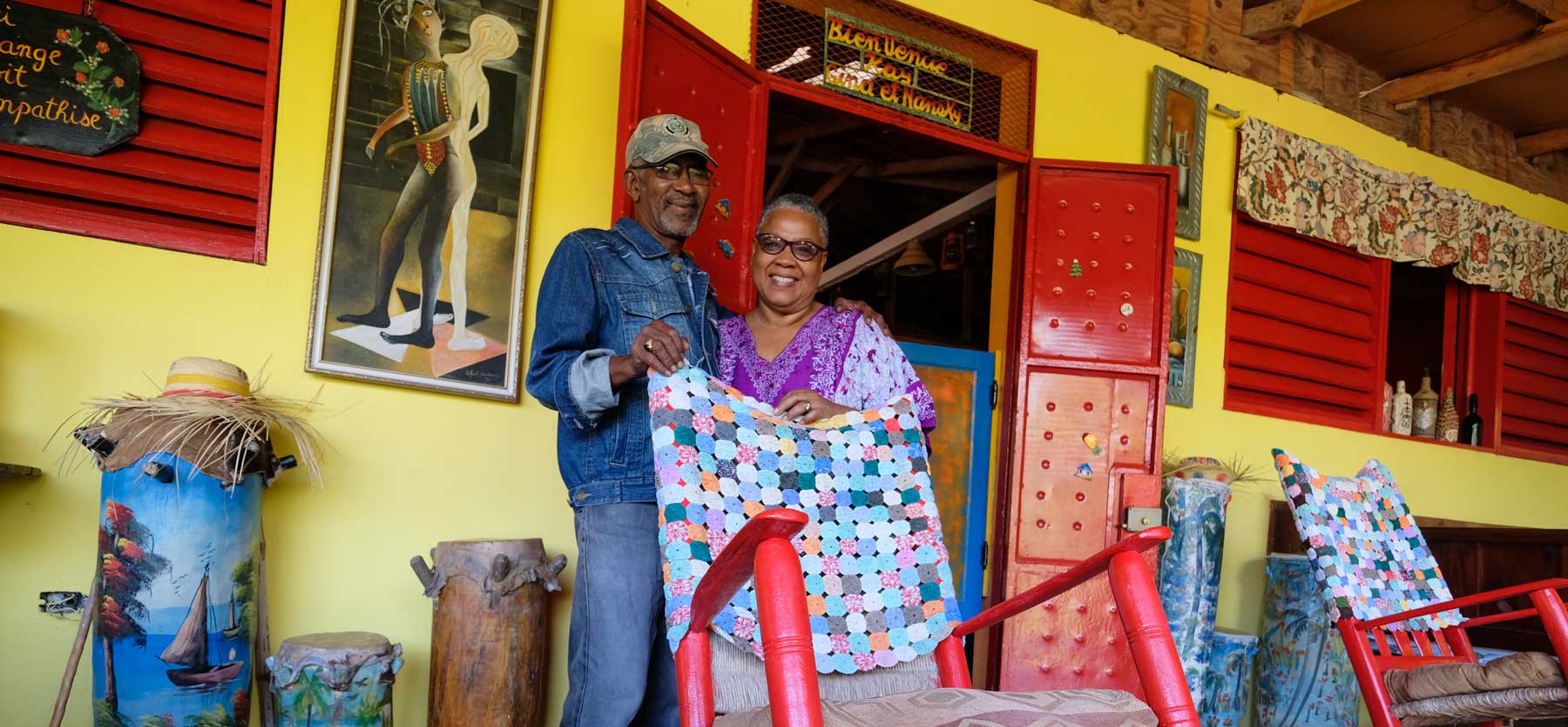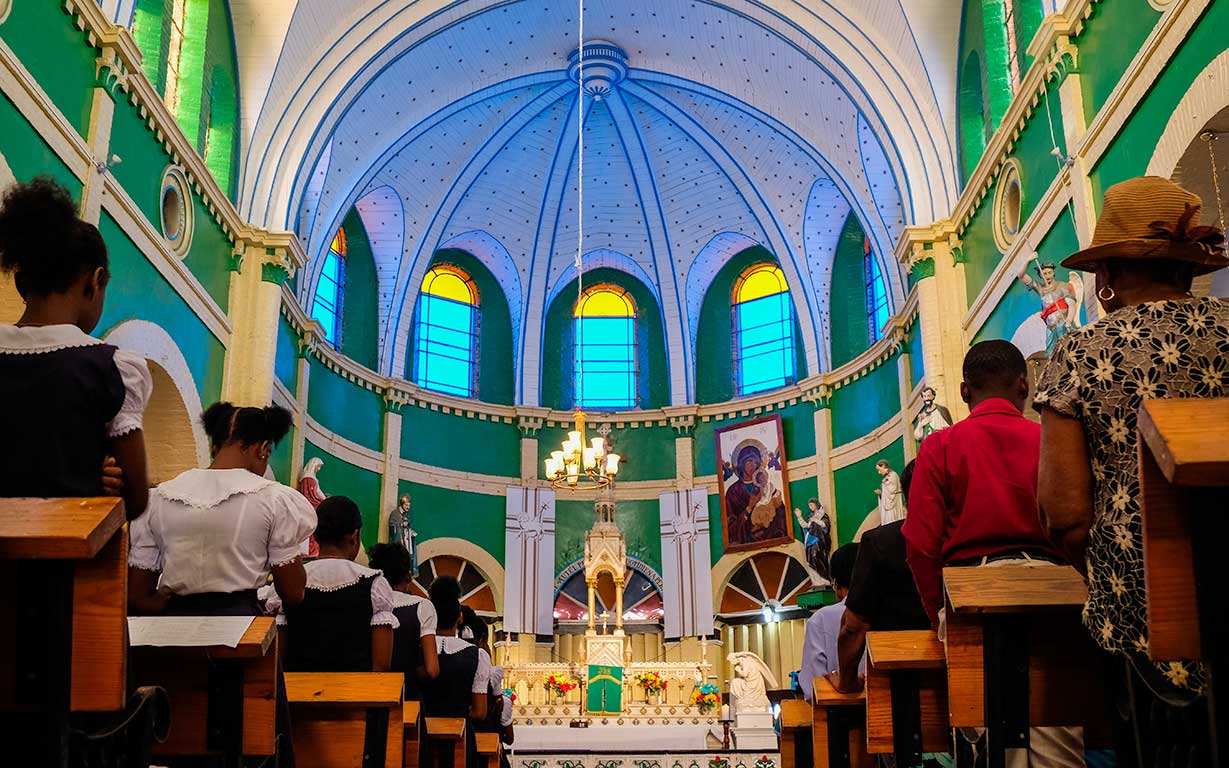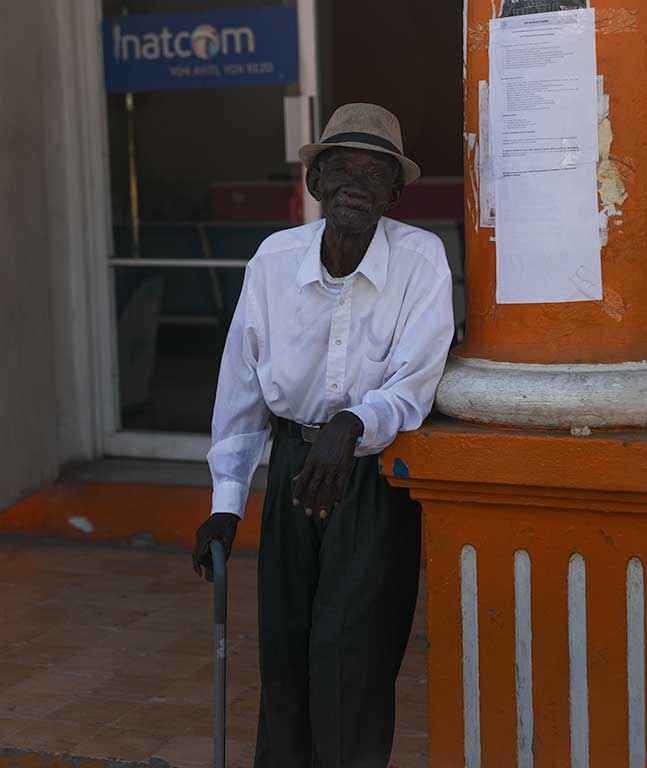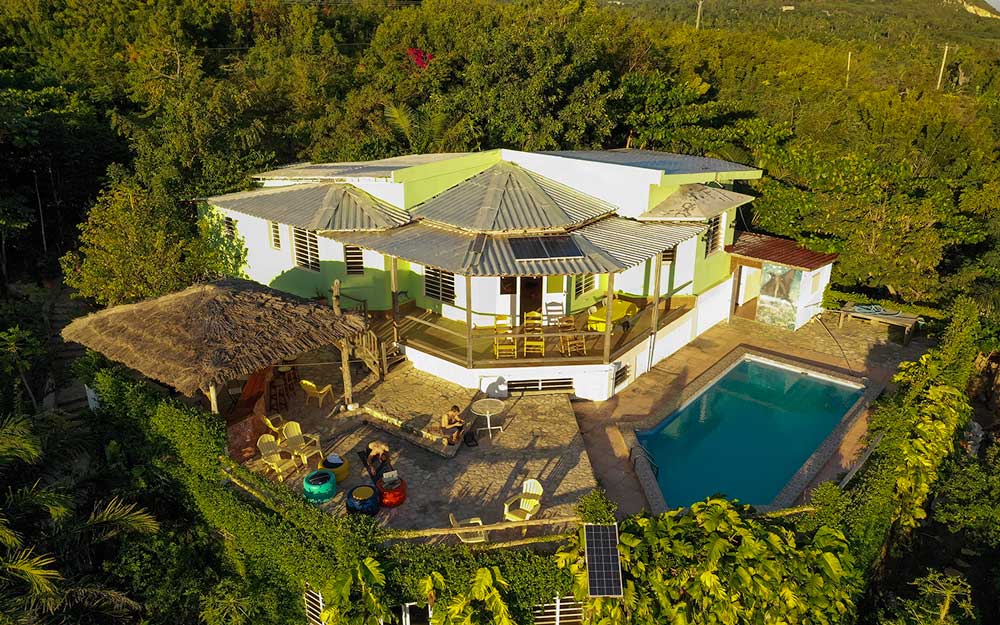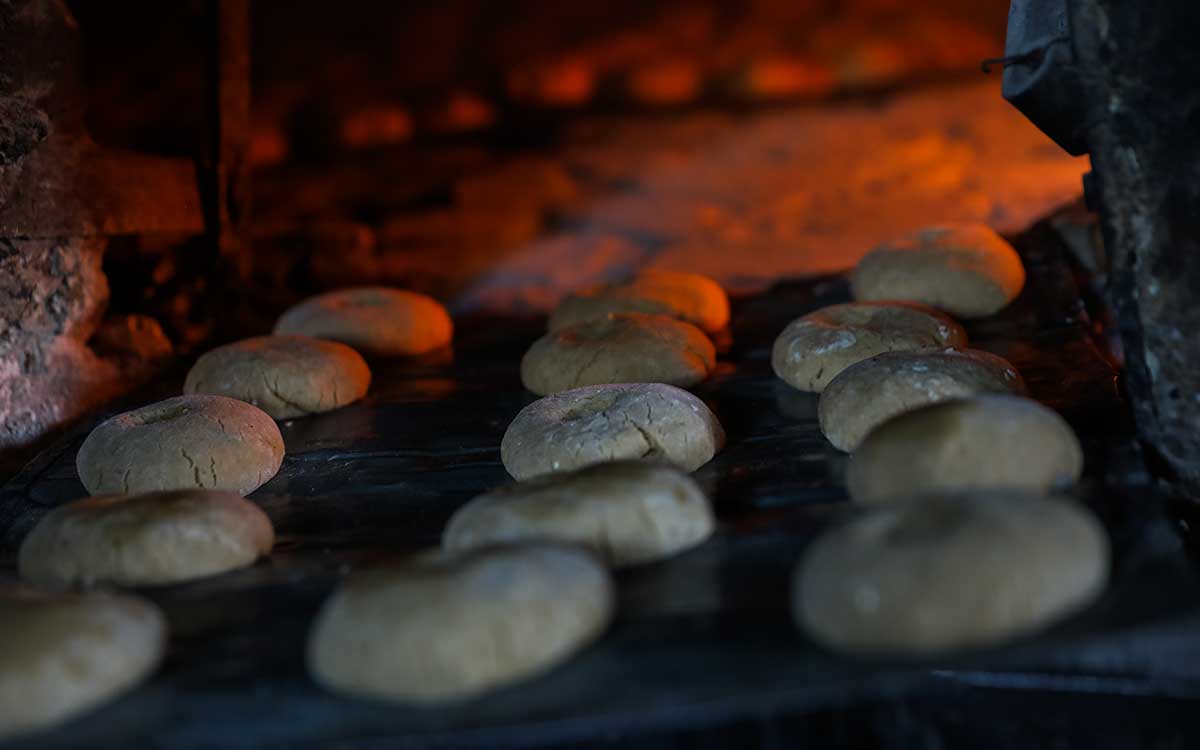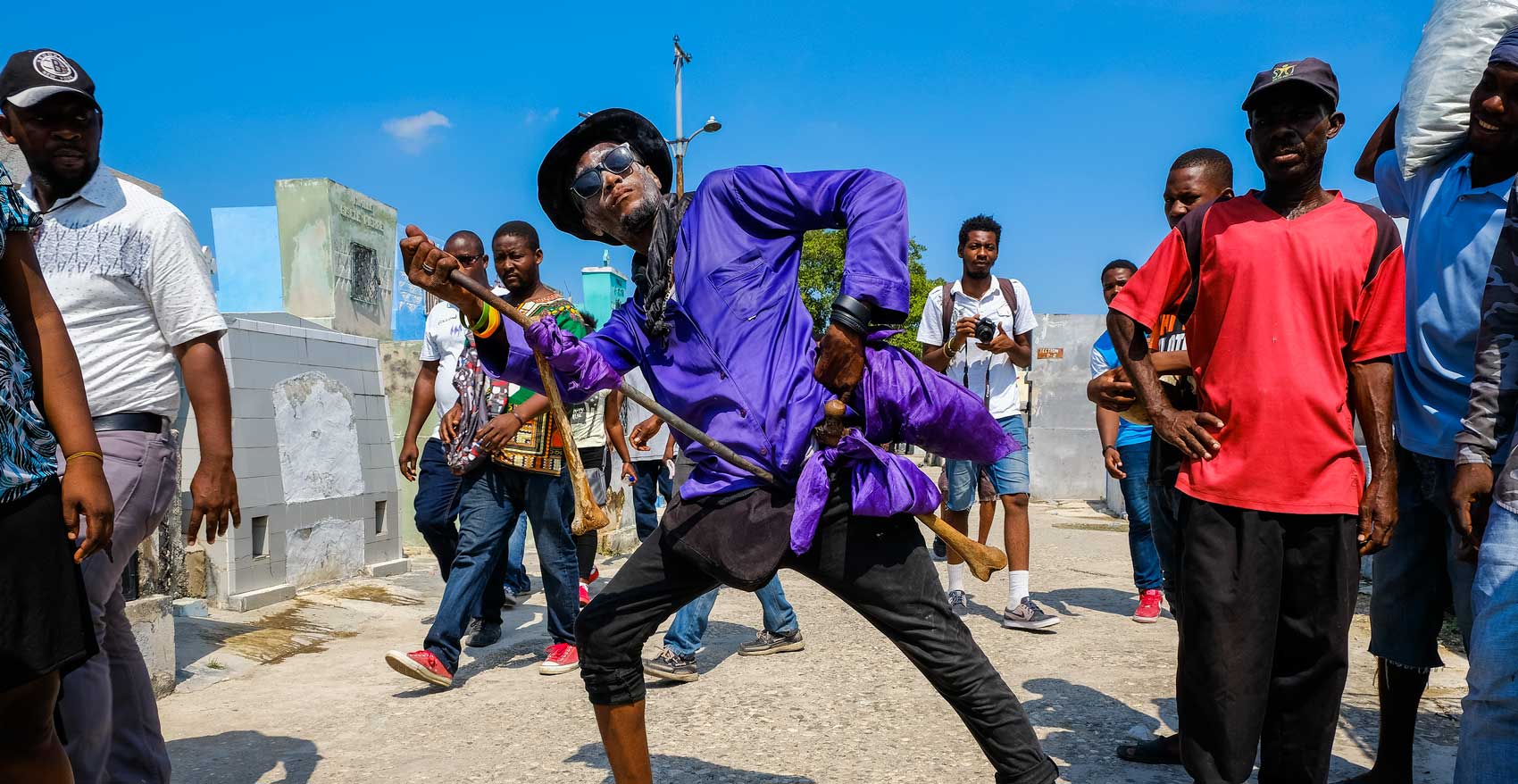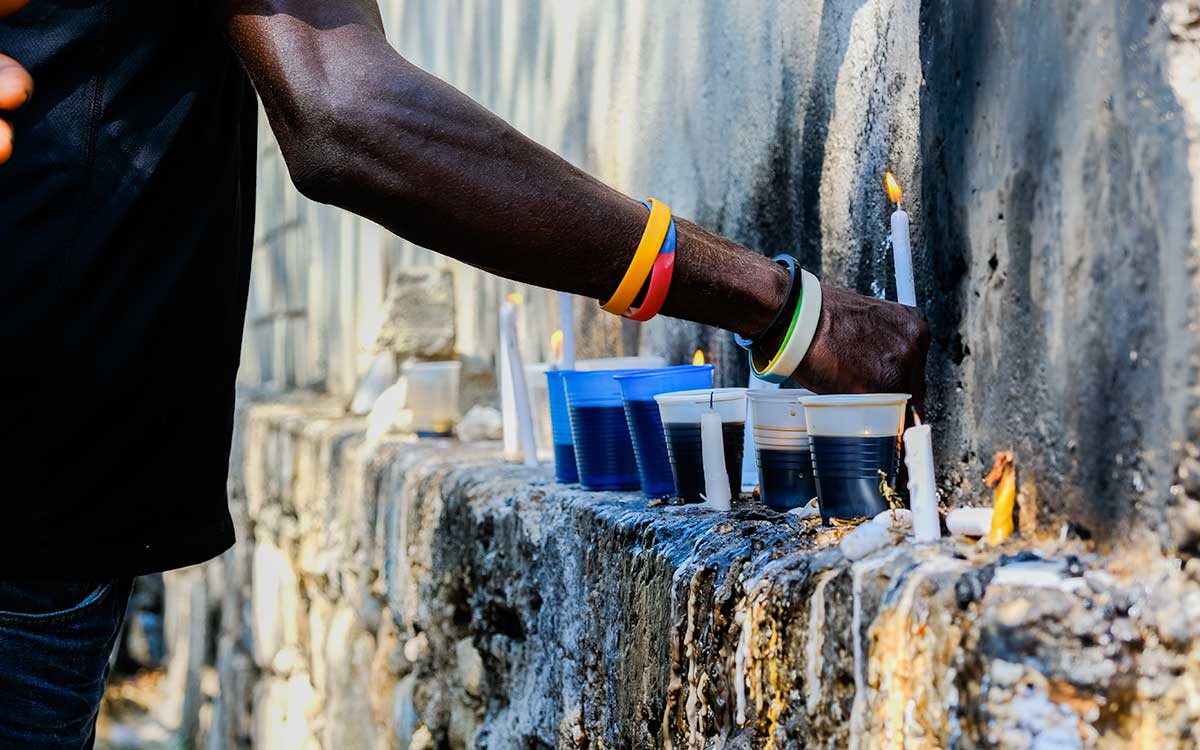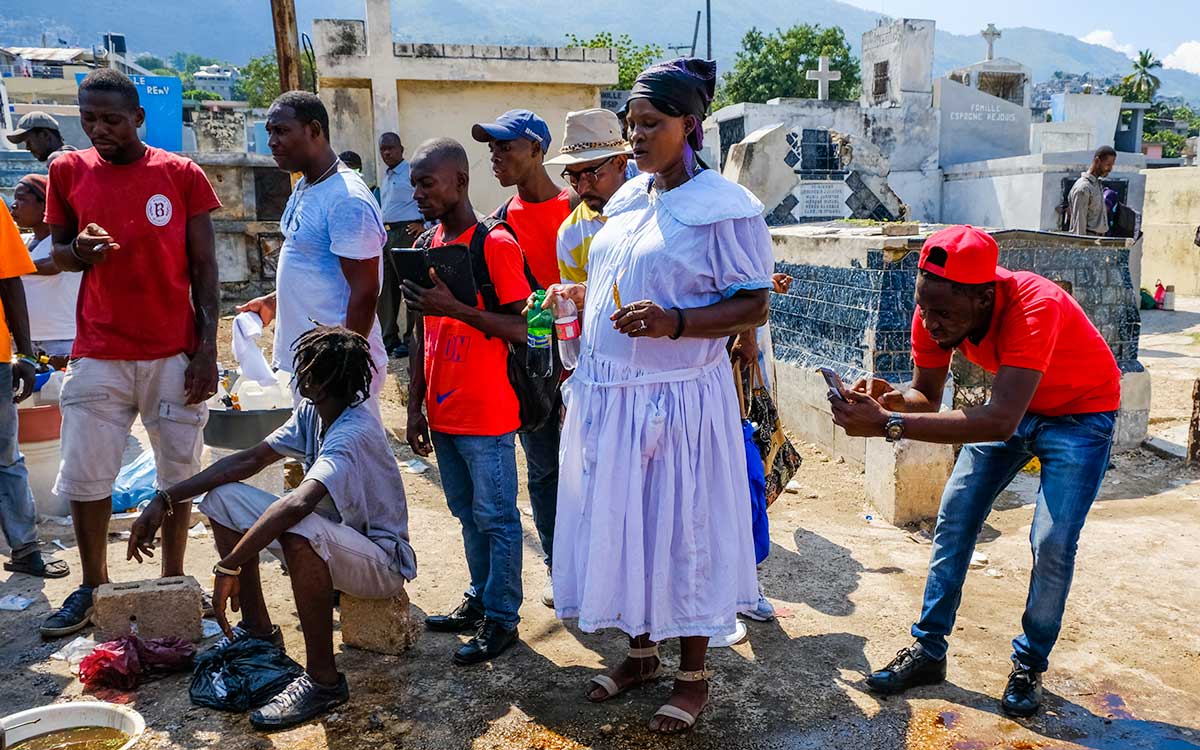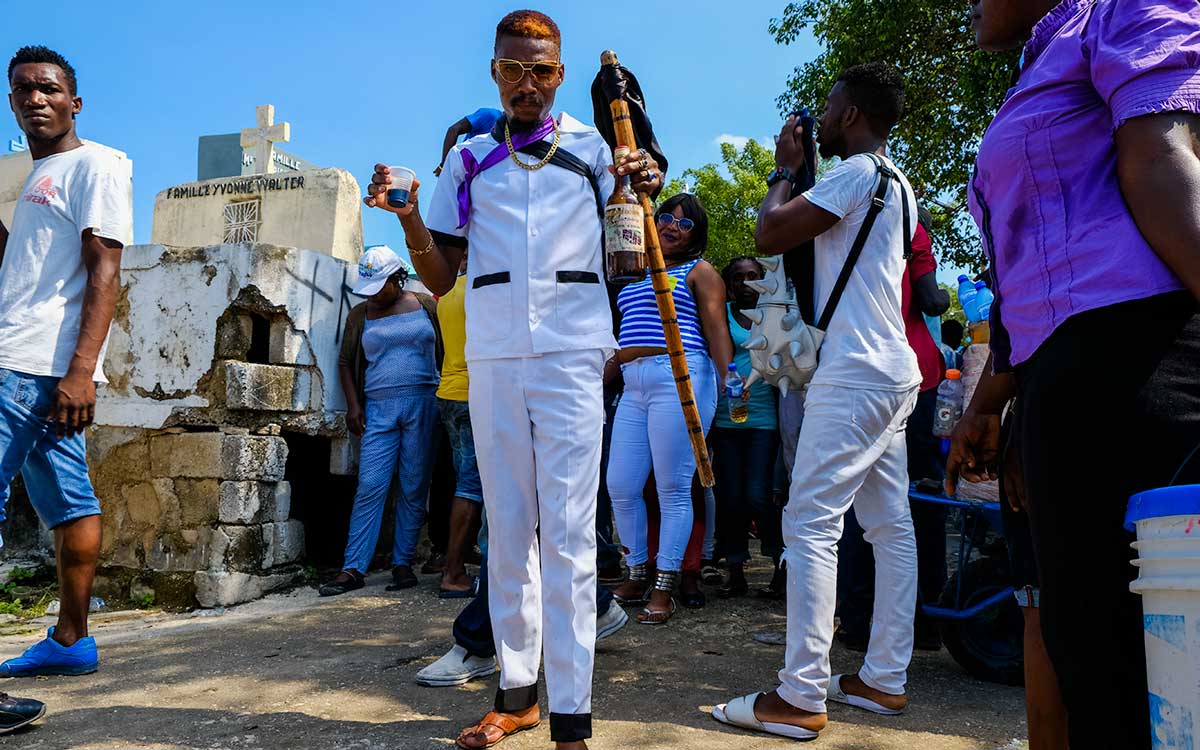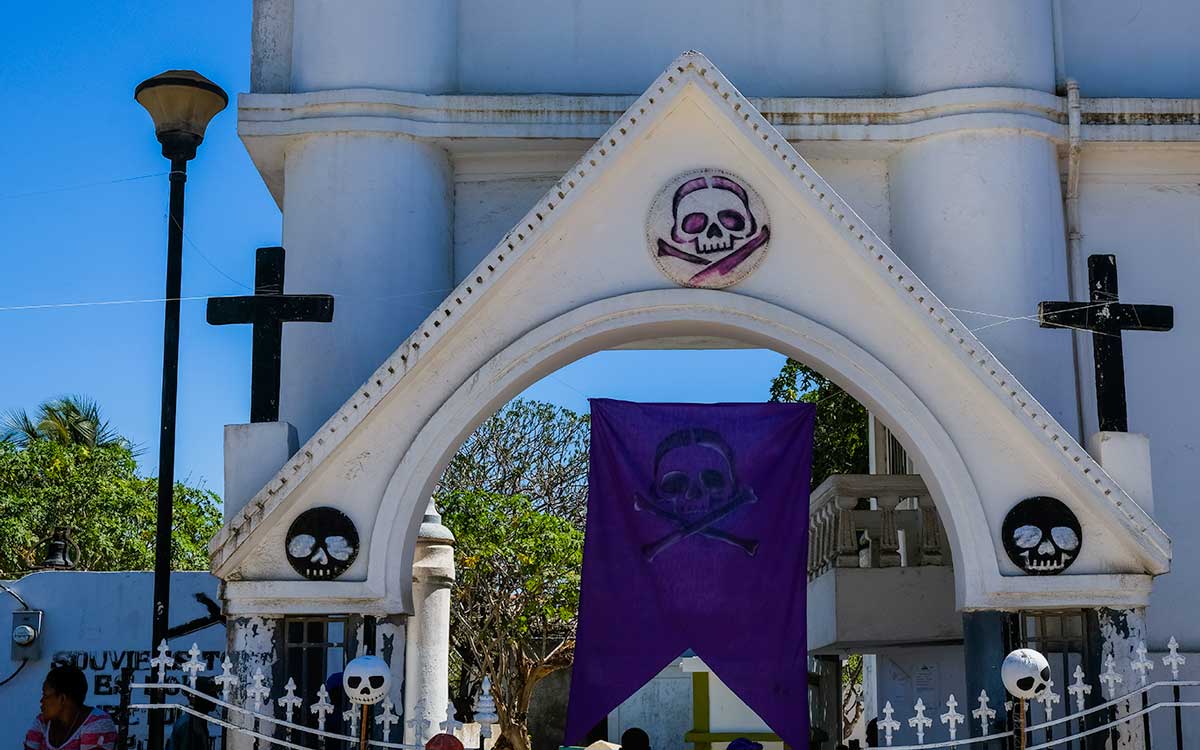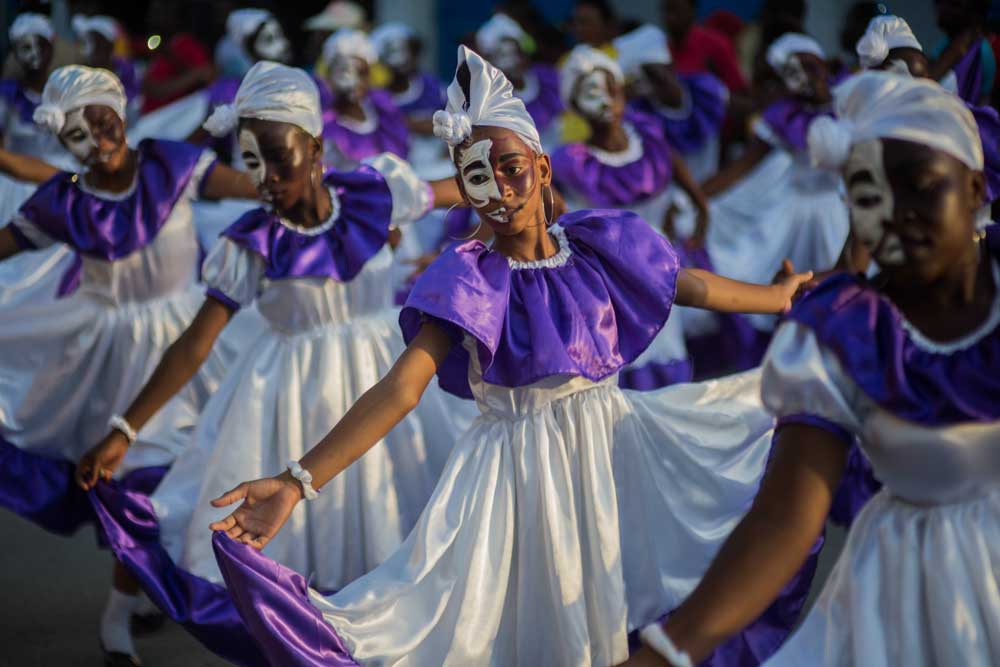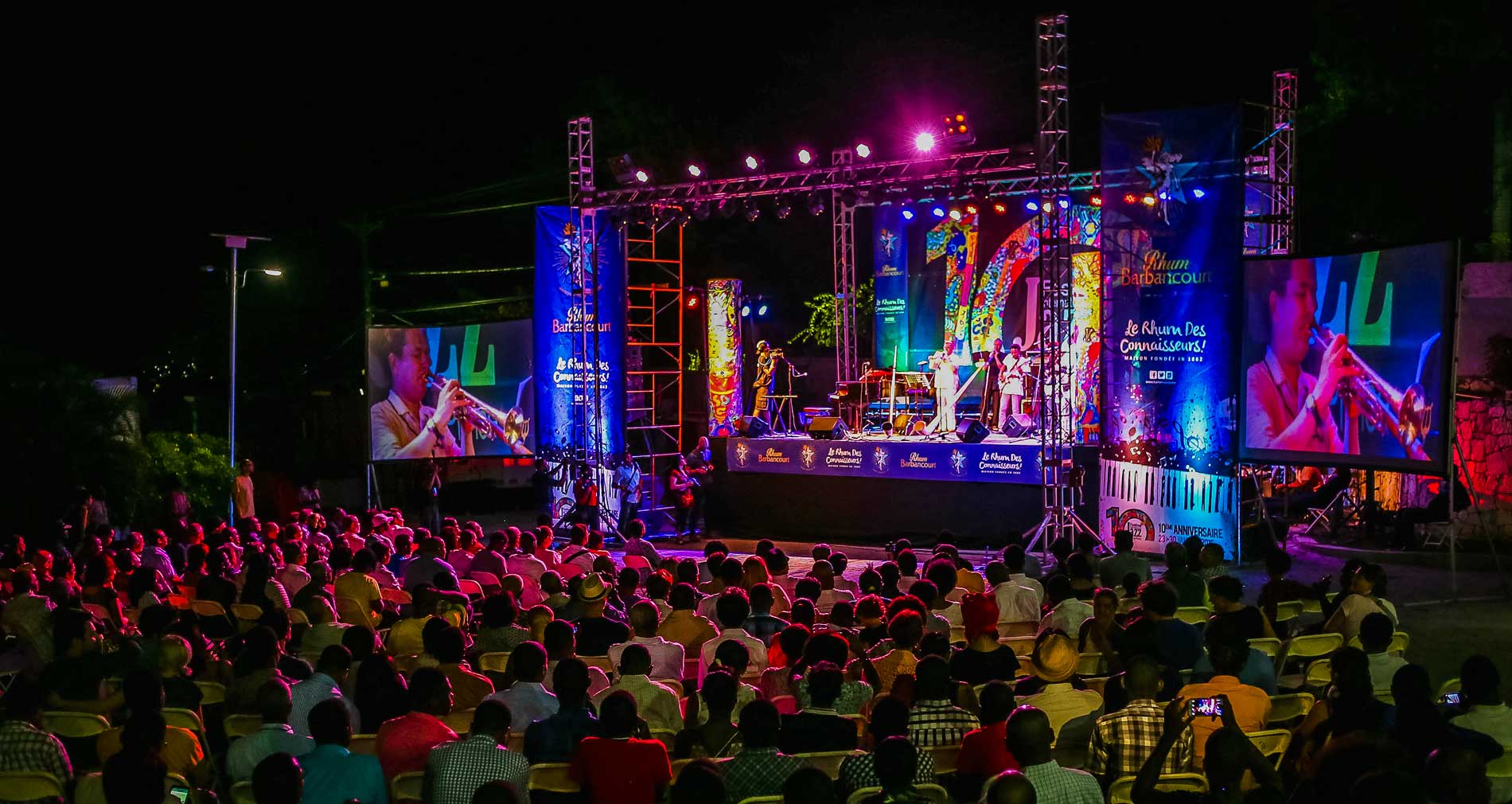
Photo: Josué Azor
Experience PAPJAZZ, Haiti’s Biggest Annual Jazz Festival
Every year in January, Port-au-Prince is transformed by PAPJAZZ – Haiti’s must-visit Jazz festival.
One of the Caribbean’s most renowned music festivals, PAPJAZZ is a city-wide celebration of jazz, with performances across multiple venues in Port-au-Prince, many of which offer free entry.
Also known as the Port-au-Prince International Jazz Festival, PAPJAZZ brings together outstanding Haitian musicians alongside world-class jazz artists from the Caribbean, the Americas, and Europe. The festival draws an international audience, making it a melting pot of cultures united by music.
Throughout the week, bars, restaurants, and cultural spaces across Port-au-Prince transform into jazz venues, creating an electrifying atmosphere across the city. While most performances are free, the Karibe Hotel hosts ticketed concerts featuring some of the festival’s biggest acts. Beyond the music, attendees can take part in workshops and discussions that explore the rich and evolving jazz scene of the Caribbean.
How to get the most out of PAPJAZZ
To fully experience PAPJAZZ, make sure to explore its diverse venues, which range from grand concert halls to intimate outdoor spaces. Regular festival hosts include Karibe Hotel, L’Institut Français, Quisqueya University, and Place Boyer, each offering a unique atmosphere.
Budget tip: If you’re looking for a great show without the ticket price, head to Quisqueya University, where entry is free for PAPJAZZ performances.
As the night deepens, the music doesn’t stop—after-hours jazz sessions bring a laid-back, intimate vibe to bars, beer gardens, observatories, and even arboretums. One of the best places to soak in the post-show atmosphere is Quartier Latin, a restaurant known for its Caribbean and Latin cuisine, elegant ambiance, and an impressive wine selection on Hispaniola. Sipping a drink under the stars while smooth jazz plays in the background? It doesn’t get much better than that.
PAPJAZZ Lineup
Every year, PAPJAZZ brings together an impressive mix of international and Haitian artists, showcasing the rich diversity of jazz from across the world. Past editions have featured renowned musicians such as Cecile McLorin Salvant (US), Terence Blanchard (US), Barbra Lica (Canada), Emile Parisien (France), Julian and Roman Wasserfuhr (Germany), and Joss Stone (UK), alongside top jazz talent from Latin America, the Caribbean, and beyond.
Haiti’s own vibrant jazz scene is also a major highlight of the festival, with performances from acclaimed local artists such as BIC, Claude Carré, Paul Beaubrun, Phyllisia Ross, Fatima, Akoustik, Konpa Flashback, and Follow Jah.
Ready to experience the magic of PAPJAZZ? Visit the official PAPJAZZ website for the latest updates, follow them on Instagram, and start planning your trip today!
Written by Jean Fils.
Published October 2019.
Updated March 2025.
Explore more festivals and events

Paradise for your inbox
Your monthly ticket to Haiti awaits! Get first-hand travel tips, the latest news, and inspiring stories delivered straight to your inbox—no spam, just paradise.





